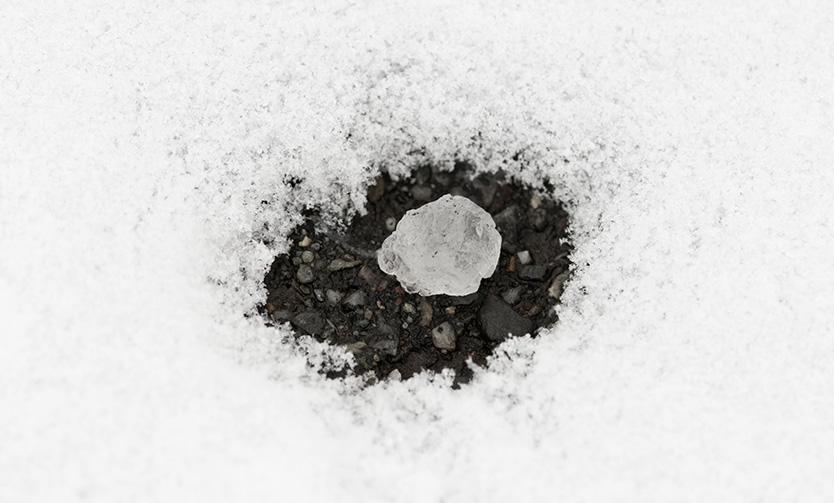With nominal snowfall and only a handful of frigid days heading into February, it’s safe to say that Old Man Winter is taking it easy on us this year. Even so, there is one winter condition that remains top-of-mind as temperatures fluctuate around the freezing point of 32 degrees. Ice.
The freeze/thaw cycle – a trend that will only increase the closer we get to spring – can turn sidewalks and driveways into danger zones. Following is a guideline we use to keep tenants safe when things get slippery. We hope it can be of use to you in your home or business.
Salt and sand are the best defense again slick pavement, but what are the optimal conditions for each? We use temperature as our guide to Salt vs. Sand when combatting ice on our properties.
Above 15°:
Salt alone is your best bet. Go easy on your wallet and make less of an environmental impact by conserving the amount you use. The common sense approach is to hold off until after the heaviest snowfall and clear away any snow from the sidewalk or driveway before salting.
The Zero to 15° Zone:
A combination of salt and sand is in order. Salt works by lowering the melting temperature of water, but only above 15 degrees. It’s still worth it to use salt because heat (i.e. the sun) boosts its ability to melt ice, plus its melting power will eventually kick in once the weather warms up. Adding sand to the mix provides instant and much-needed traction on the icy spots that the salt doesn’t melt.
Below Zero:
Stick to sand. Salt has little to no impact in negative temperatures.


